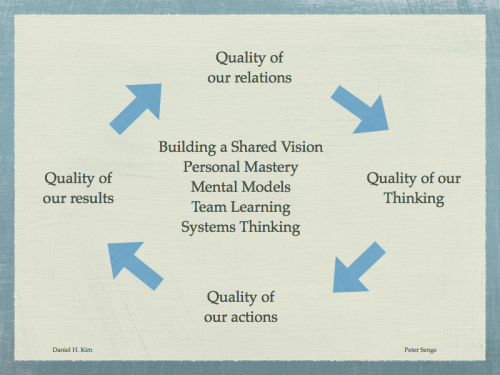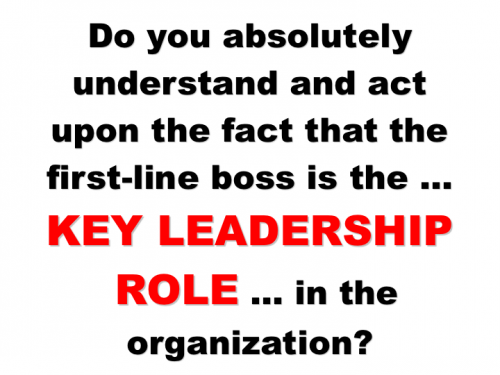In a recent article in Straegy+Business I came across the following paragraph:
The fact is that giving people bigger jobs with fancier titles and larger salaries won’t make them better. More complex assignments will. Just look at the leaders of ANZ, the global banking group headquartered in Melbourne. Each time an employee identified as having high potential is promoted, the company makes sure it’s not to the same job on a larger scale (in terms of budget and resources) but to an entirely new set of challenges—maybe it’s relocating to a new country, shifting from a staff to a line role, or moving from a turnaround situation to launching a new business unit.
It made me think: so how good are we at doing exactly that in the hospitality industry?
In my experience we don’t do it very much. A really good waiter gets promoted to head waiter and then on to restaurant manager. A good chef becomes sous-chef and eventually maybe head-chef.
And then we wonder why we have silo-thinking.



